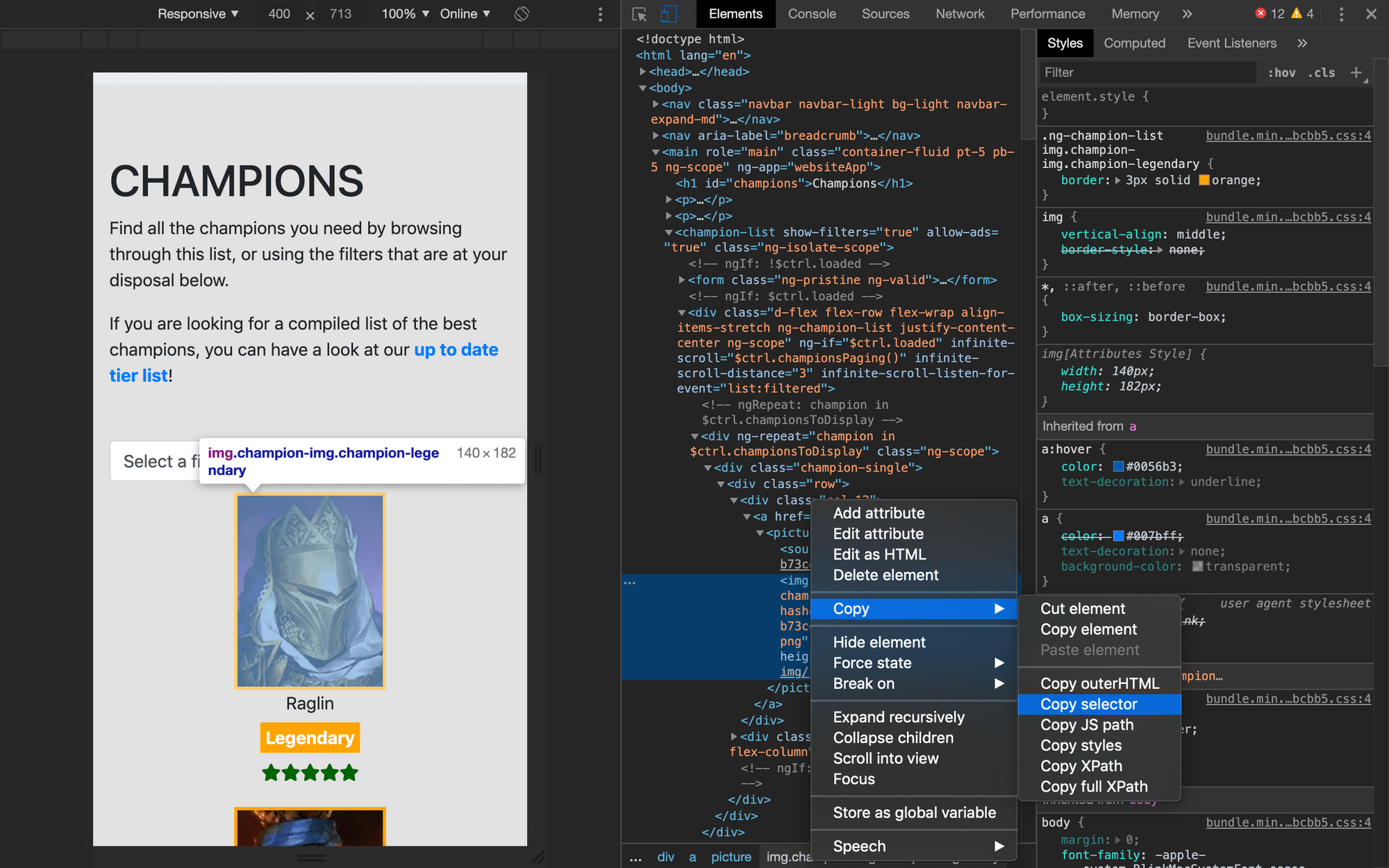
Puppeteer uses several defaults that can be customized through configurationįor example, to change the default cache directory Puppeteer uses to installīrowsers, you can add a. Include $HOME/.cache into the project's deployment.įor a version of Puppeteer without the browser installation, see

Your project folder (see an example below) because not all hosting providers Heroku, you might need to reconfigure the location of the cache to be within The browser is downloaded to the HOME/.cache/puppeteer folder by default. Further reading: how to submit forms with Puppeteer. Puppeteer is a Node.js library which provides a high-level API to control. Once you have a solid understanding of Puppeteer’s API and how it fits together in the Node.js ecosystem you can come up with custom solutions best suited for you. If you deploy a project using Puppeteer to a hosting provider, such as Render or There are many ways you can download files with Puppeteer. You can even open Chrome DevTools to inspect the test environment. Puppeteer shines when it comes to debugging: flip the headless bit to false, add slowMo, and you’ll see what the browser is doing.

The browser is downloaded to the $HOME/.cache/puppeteer folderīy default (starting with Puppeteer v19.0.0). Puppeteer v1.5.0 also exposes browser contexts, making it possible to efficiently parallelize test execution. When you install Puppeteer, it automatically downloads a recent version ofĬhrome for Testing (~170MB macOS, ~282MB Linux, ~280MB Windows) that is guaranteed to


 0 kommentar(er)
0 kommentar(er)
